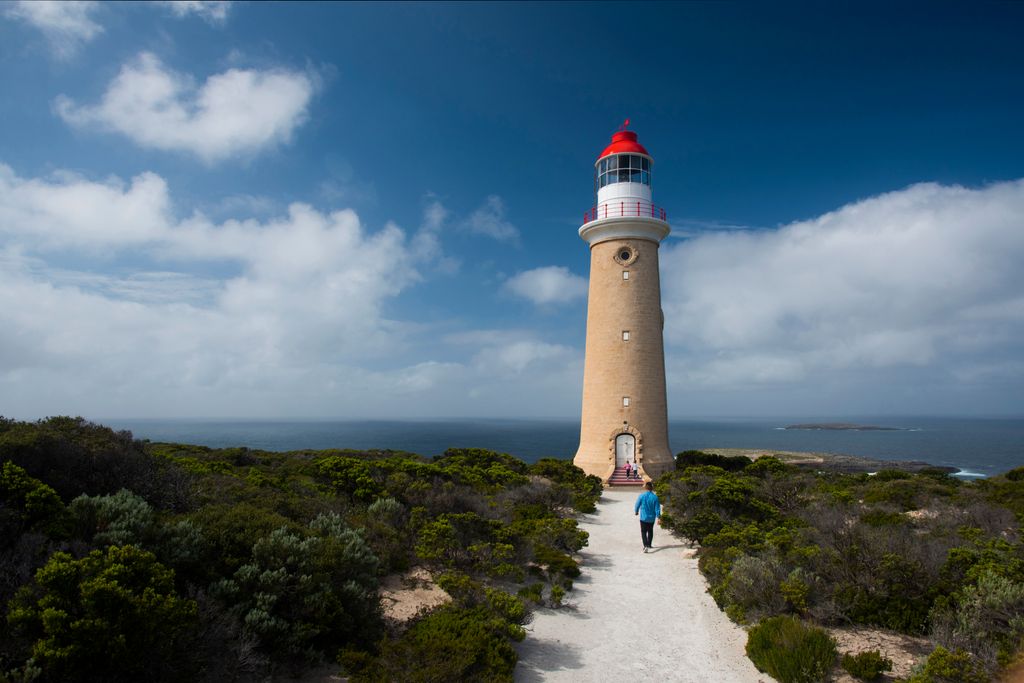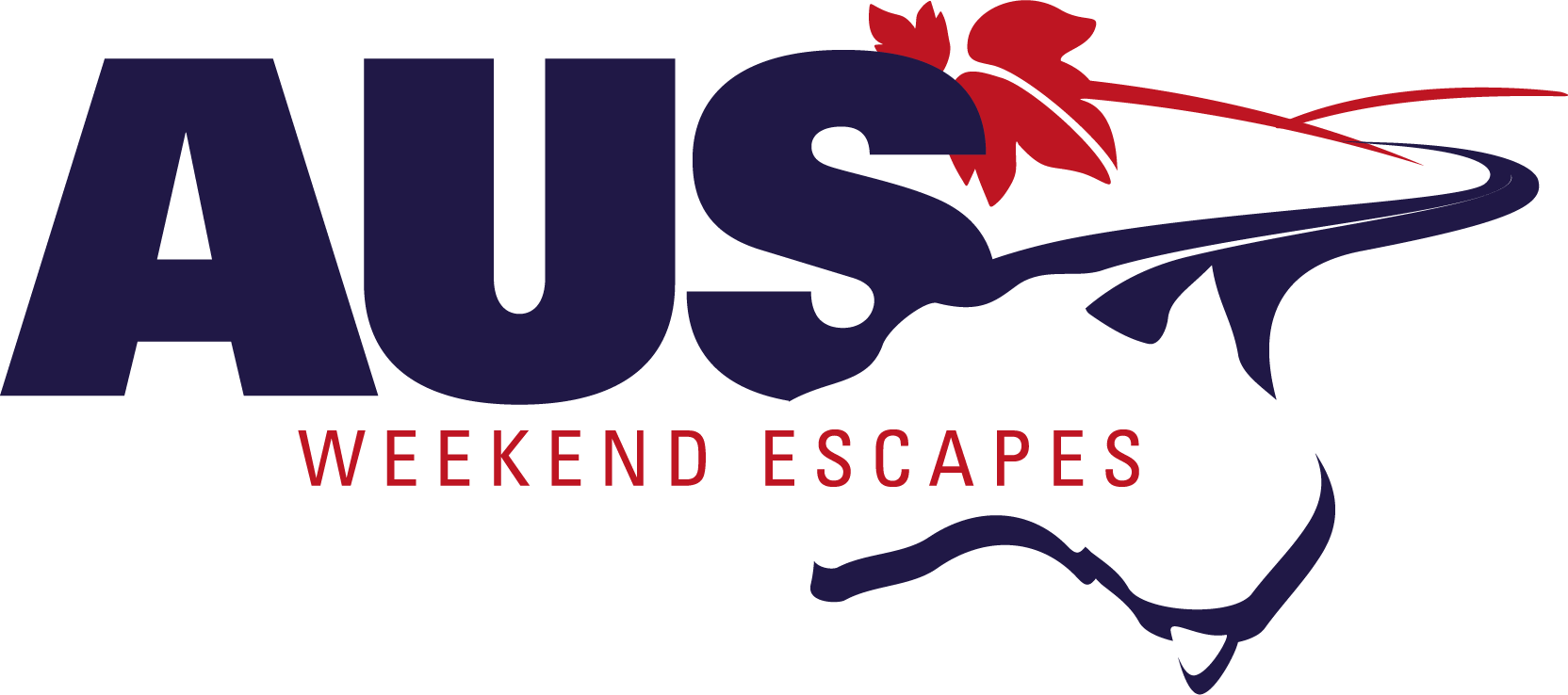This site uses cookies to improve your experience, to personalise advertising, to provide social media features and to analyse traffic to the site. We also share information about your use of our site with our trusted social media, advertising and analytics partners. You can opt out at any time by changing the settings in your browser. By continuing, you accept to receive cookies on our websites. For more information, please read our full Privacy Policy.
Okay Read MoreCape du Couedic, Kangaroo Island
19th October 2017
Here’s a little history into Kangaroo Island for you!
The first Europeans to arrive on Kangaroo Island in 1802 were a group lead by Matthew Flinders looking for water and fresh meat near the present day Penneshaw. On land they hunted kangaroos and hence gave the island the name, Kangaroo Island.
A year after this French explorer Nicholas Baudin passed on the opposite side of the island naming the south western point Cape du Couedic after his friend and famous French sea captain Charles Louis, Chevalier du Couedic de Kergoualer. This coastline off Flinders Chase was to become the final resting place for several ships which became shipwrecked on the rocky shores.
The need for a lighthouse near these treacherous waters was seen to in 1902, when the South Australian Marine Board proposed the construction of a lighthouse at Cape du Couedic, at the south-west edge of Kangaroo Island.
The Cape du Couedic Lighthouse was built between 1906-1909. The tower itself was built from 2,000 pieces of local stone. Three four roomed cottages were also built nearby for the headkeeper and two assistants. For many of its early years the site was inaccessible by land. Stores, materials and equipment brought by boat were hauled up to the lighthouse by a flying fox winching system originally powered by a pair of horses, but later replaced by a motorised winch. Today, the site forms an integral part of Flinders Chase National Park and is a popular tourism attraction for many.
Want to know more? Discover Kangaroo Island’s maritime heritage at South Australia’s oldest lighthouse situated in Cape Willoughby. Take a guided tour and climb the 102 step staircase to enjoy the 360 degree views from the top of the Lighthouse or marvel at the 100-year-old stonework from outside the 25m tall tower.
At the Flinders Chase National Park, you will also find two of the islands most recognised icons known as the Remarkable Rocks and Admirals Arch. These wind sculpted, granite rock formations have been in existence for millions of years. Over time history lead to the sculpting of the rocks that took their natural shape from rain, wind, and pounding waves against their surfaces. Tourists can enjoy the pristine ocean views or discover untouched bushland by taking one of the nearby walking trails.
Start planning your next visit to Kangaroo Island today!
Where to stay? Aurora Ozone Hotel

